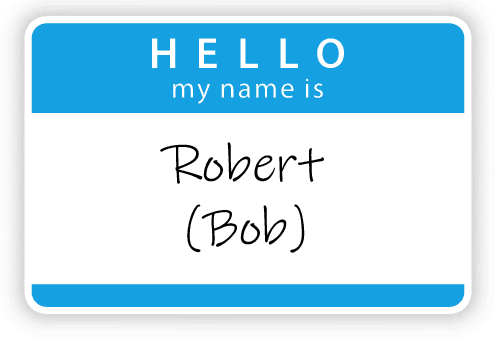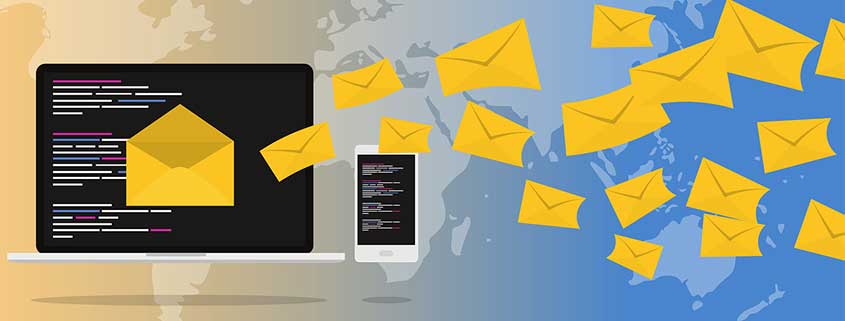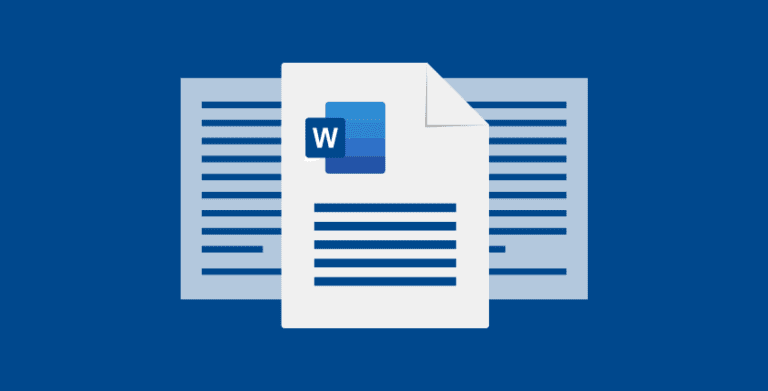Email Aliases, Shared Mailboxes, and Distribution Lists
We believe every business should have a professional email address, ideally one using Microsoft 365 or Google Workspace. In additional to having your own personal, private email address, you may want to have a centralized email address that gets sent to multiple people.
Email aliases, shared mailboxes, groups and lists
Creating multiple email accounts (when you only need one) not only wastes money on unnecessary software licenses, but it also creates “login credential” confusion. Many business professionals aren’t aware that you can create shared mailboxes and distribution groups, and the tradeoffs of each type of setup. We aim to clear that up.
Using an email alias
Your primary business email may look like this: YourFullName@YourCompanyName.com.
What if you want to have different email addresses?
- FirstName@YourCompanyName.com
- LastName@YourCompanyName.com
- Info@YourCompanyName.com
- Info@YourProduct.com
- (or .net, .org. alternatives)
Do you need to pay for separate accounts and manage separate email inboxes?
NO!
An email account is one entity. You need one Microsoft 365 license.
Just like if your name was Robert, people may call you Bob, Rob, Bobby, Robby – or even Buddy, but there’s only one you. Your nicknames are called “aliases” in the IT world. They don’t cost anything extra to setup or maintain.

Shared mailboxes
What if you want one email to go out to multiple people, like for sales, customer service or hiring? You can choose between having a shared mailbox or having a distribution group.
With a shared mailbox, you’d setup an email address like sales@yourcompanyname.com.
Just like email aliases, an Microsoft 365 shared mailbox is FREE, but everyone with access to the shared mailbox must be an Microsoft 365 licensed user.
- A shared mailbox is accessed through the user’s normal Microsoft 365 credentials, there is no separate login and password. Once logged in, the user with permissions can open the shared mailbox.
- Incoming and outgoing messages can be read, stored and archived in the shared mailbox.
- Shared mailboxes are lacking some of the privileges of a regular Microsoft 365 account, like Unified Messaging and software downloads.
Benefits of a shared mailbox
- Multiple people can monitor email activity.
- Emails, contacts, and calendars are centralized and visible amongst the group.
- Emails look like they are coming from the group email, rather than from the individual user.
- The company can easily monitor and track activities.
Email distribution lists
A distribution list allows an email to be distributed to multiple people at once. List members can be both internal or external contacts in your organization. Unlike a shared mailbox, emails are not centrally stored and accessed. Each recipient receives their own copy of the email.
Microsoft 365 groups
Microsoft 365 groups are a newer feature, created to enhance what was possible with distribution lists.
A Microsoft 365 group:
- Automatically has a shared calendar
- Automatically shares documents in SharePoint
- Integrates with Yammer, Teams, Planner, OneNote, Power BI, etc.
- Can be restored if deleted (for up to 30 days)
- Can be public (open to everyone in your organization) or private (restricted to a team).
- External users can be invited as guests. Guests interact with the group exclusively via email. They can open links to shared documents, but lack other permissions, like viewing the group site.
- Unlike a shared mailbox, users participate as individuals, sending and replying from their own email account.
How many email inboxes can you eliminate?
Simple is better. If you’ve read this and now know that you are paying for too many email accounts, we can help you archive and/or migrate the email history to consolidate into fewer accounts. We can do this for both Microsoft 365 email accounts and Google Workspace accounts.
If you’re not yet on either Microsoft 365 or Google Workspace, we can move you there!

Frequently Asked Questions
Are shared mailboxes the same as a distribution list?
A shared mailbox is an email address that more than one person can manage. Distribution lists don’t have one central location, but managers still have access to reply from the group’s email address this way.
What’s an email alias?
Your primary business email may look like this: YourFullName@YourCompanyName.com.
What if you want to have different email addresses?
FirstName@YourCompanyName.com, LastName@YourCompanyName.com, info@YourCompanyName.com, Info@YourProduct.com (or .net, .org. alternatives)







